Special to The Olympian
Earlier this year, I had the opportunity to take a privately funded (no tax dollars were used) bipartisan trip to Denmark and Sweden to learn about how and why these two countries have developed self-sustaining green energy economies.
Denmark, Sweden and the United States each have unique and distinct cultural and political differences, but I believe we can all learn from each other and apply what will work best for our needs.
In 2008, the Washington state Legislature adopted targets requiring the state to limit greenhouse gas emissions to 50 percent below 1990 levels by 2050. Denmark plans to be 100 percent independent of fossil fuels by then.
Denmark’s shift toward a green energy economy was not driven by environmental concerns, but was instead born out of the 1970s oil embargo that created an energy crisis for the country.
Despite having numerous crude oil stakes in the North Sea, Denmark was importing almost all of its oil from the Organization of Petroleum Exporting Countries, or OPEC. When the embargo hit, it severely crippled their economy. As a result, Danish leaders started shifting the country away from foreign oil imports and toward domestic energy production.
Denmark began pumping more oil from its own wells and used that revenue to begin developing alternative forms of energy, including wind, solar and biomass. Nearly 30 percent of all energy produced in Denmark now comes from renewable sources.
Meanwhile, that number stands at a whopping 52 percent in Sweden.
Biomass — fuel developed from organic materials — generates more than 20 percent of all energy in Sweden, and played a big role in helping the country reach its goal of having 50 percent of its energy supplied by renewable sources by 2020, as did nuclear power and hydropower. In fact, 95 percent of electricity in Sweden comes from hydropower.
Here in the United States, Washington is the leading producer of hydroelectric power, contributing nearly one quarter of the nation’s total hydro generation. We rank only behind California in terms of the amount of renewable energy we produce each year.
That is why it is so critical that as we continue to debate the merits of a carbon tax, we be mindful of the steps we have already taken toward establishing a greener economy. Proposing a carbon tax to fund education or increase general fund spending is the wrong approach.
I truly believe Washington can achieve energy independence one day, but we must be strategic in how we get there. Causing self-inflicted economic hardship along the way would be foolish.
As opposed to forcing changes that do not make economic sense, people will buy in to a green energy future when changes are demonstrated that do make economic sense.
We also need to explore all sources of energy — hydro, solar, wind, biomass, etc. — while keeping in mind that all energy is destructive and there is no single perfect source.
Our state has made great strides in both the private and public sectors, and we must continue to encourage innovation, research and exploration and allow time for those new ways to incubate and take hold.
While that occurs, we cannot punish our economy with punitive measures. The transition must take place organically and in an economic manner that makes sense. If we allow that to happen, Washington state will be the preeminent leader in energy innovation and independence.
###
Rep. Drew MacEwen, R-Union, has served the 35th Legislative District in the state House since 2013. He serves as assistant ranking member of the House Appropriations Committee and sits on the House Capital Budget and Health Care and Wellness committees. The bipartisan tour in northern Europe was hosted and funded by i-Sustain of Seattle in partnership with the Center for Sustainable Infrastructure at The Evergreen State College; 11 other members of the Senate and House participated, including Rep. Beth Doglio, D-Olympia.










